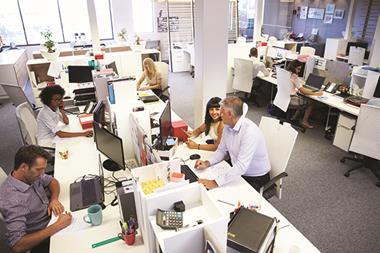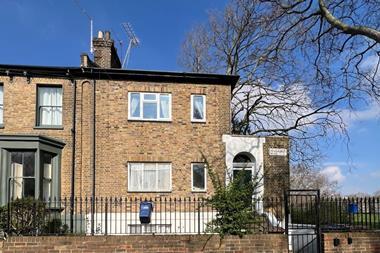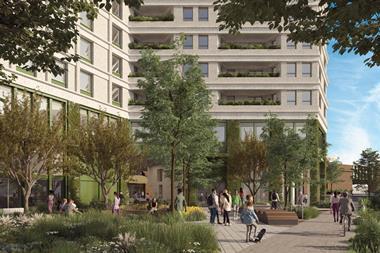London is leading the charge in the global flexible working revolution, with more spaces opening than in New York and Berlin, according to Coworking Resources. Concurrently, there are now 15.66 million women in work – up 108,000 from last year and 1.7 million more than in 2013.

Women are not just working but starting up more businesses. Last year alone, there were 145,200 all-female-led enterprises, up from 56,200 in 2018 – an average year-on-year growth of 37%. This is a positive step forward, but it must be noted that just 20% of businesses are owned by women overall.
The rise of flexible working along with more women in the workplace is no accident. Since the pandemic, the flexible workspace sector has been propelled forward by changing demand for workplace culture and a shift in how we work.
At the same time, global corporations are having to shift their strategies to retain clients, leading to a marked movement into the flexible space to keep employees on side.
The flexible workspace sector is designed with hospitality and culture in mind. There is a conscious effort to support collaboration via design, and pricing plays a big part. Long gone are the days of five-year lease agreements; now, it is time to flex.
Flexible workspaces have a sliding scale of entry points, with monthly membership costing from as little as £80 all the way up to £750 for a fixed desk in London. This means they are an affordable and less risky way to scale up, which is appealing to businesses starting out.

Equally, with working patterns changing, we are seeing corporations move from a single HQ into flexible space, as a tool to reduce outlay and increase talent attraction.
Although more women are in work, they continue to do the majority of domestic labour, meaning they require more flexibility to be closer to home or a space to work a few days a week.
Space to collaborate
When I first started my career in the City, offices were intimidating fortresses. The flexible workspace is an antidote to this. Our clients use colour and blend the professional with comfort, with spaces to break out, collaborate and concentrate.
Workspaces are creating collaborative spaces, using softer furnishings and wellness amenities to attract and retain the new demographic, in addition to training up staff to foster great workspaces.
Businesses in them are able to concentrate on the day to day, while they are increasingly leaning on workspace operators to add the cultural dimension to a harmonious, collaborative and in-demand workplace. It is a fast-paced changing offer, with flexible workspaces competing on the ‘vibe’ they can offer.
The flexible workspace boom is on, with more spaces planned to open this year and next. London councils are also integrating this within local strategies and plans in order to encourage enterprise, as flexible workspaces are natural incubators.
This formal or informal peer-to-peer education offers women a huge advantage, enabling personal and business growth through networking opportunities, workshops and courses.
With the pandemic behind us, there is a greater understanding of the importance of work-life balance. Flexible workspaces enable this. Therefore, it is no surprise to see the sector’s growth accompanied by the number of women at work ramping up.
So, what is next for the sector? I suspect we will see further integration of wellbeing at work and the introduction of onsite childcare, to attract more people back into the office and support continued growth in female entrepreneurship.
Laurie Dennard is strategic marketing consultant for technologywithin





























No comments yet